A dashcam can be an extremely useful piece of tech to have installed in your car. The best ones on the market provide high-quality video footage that will prove extremely useful in the event of a crash. Since you’ve got an actual video recording of the incident, you’ll be able to prove what happened, and protect yourself from any false claims if the other party tries to blame you for something that wasn’t your fault. However, with so many dashcams available, it can be hard to know just what to look for. Luckily for you, the following article will guide you through the world of dashcams, and help you choose one that’s just right for your needs and budget.
First things first, let’s clarify that an expensive dashcam isn’t necessarily guaranteed to be a good one. Dashcams can cost anywhere between £20 and £300, there are sites like Vdashcam which are great for prices. While it’s true that many of the cheaper ones won’t have the same number of features as a more expensive one, not all of the high-end models are actually that great in practice.
So, just what does make a good dashcam? Well, as you might expect, the most important factor is the quality of the video footage. The clearer your footage, the easier it will be to tell just what’s going on. If you opt for a dashcam that only provides low-quality footage, then you might not be able to actually prove your side of the story with it. That being said, the vast majority of dashcams from major brands have a minimum quality of 720p, which is generally fairly detailed. Higher up the scale, you’ll find dashcams with 1080p or even 4K resolution video, so if clarity is important to you, then you might want to choose one of those.
After the video quality, the other main factor which differentiates dashcams is whether they are a single lens or multiple lens camera. Single lens dashcams are the most common, as well as the easiest to install- you simply mount them on the dashboard, plug them into the car cigarette lighter, and you’re ready to roll. What’s more, they are also a lot cheaper than multiple lens cameras, so it’s easier to find one that fits within your budget. The major downside with single lens cameras is that they can only record what’s in front of you. That means if you’re hit from the side or behind, there won’t be any footage for you to use if you need it.
On the other hand, multiple lens dashcams are more expensive and more complicated to install, but offer you a great deal more protection. One lens is fitted to the dashboard, and one to the rear windscreen, to cover all angles. However, it’s likely that you will need to get a multiple lens dashcam professionally installed, which further adds to the cost. It’s mainly a matter of personal preference- if you want the extra protection, then by all means choose a multiple lens cam, but if you feel that you’ll be okay with just a front-view camera (or you don’t want to spend too much), then a single lens dashcam will be just fine.
Finally, let’s take a look at a couple of the extra features that you’ll find in higher-end dashcams. Firstly, some dashcams come with a GPS tracker, which can be extremely useful in the event of a crash. Not only will you have video footage of the incident, but you will also be able to show where you were, what route you had been taking, and how fast you were driving- plenty of info to prove that you weren’t at fault. Another useful feature in some cams is what’s called “parking mode”. With this on, your dashcam will automatically start recording if it detects a collision while the car is parked. That way, if you come back to find a nasty dent in your car, you’ll be able to find out exactly who is to blame.
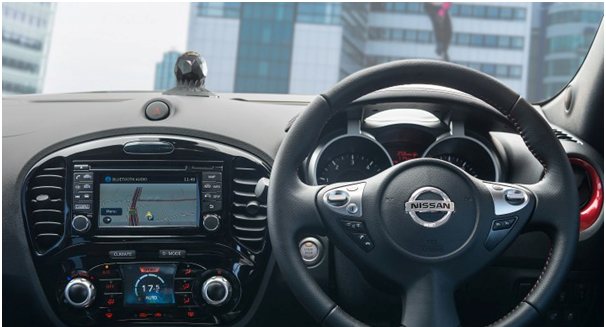













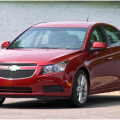
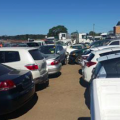

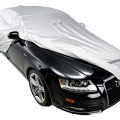




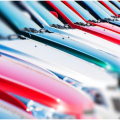


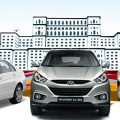
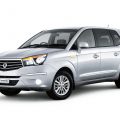




No Comments
Leave a comment Cancel